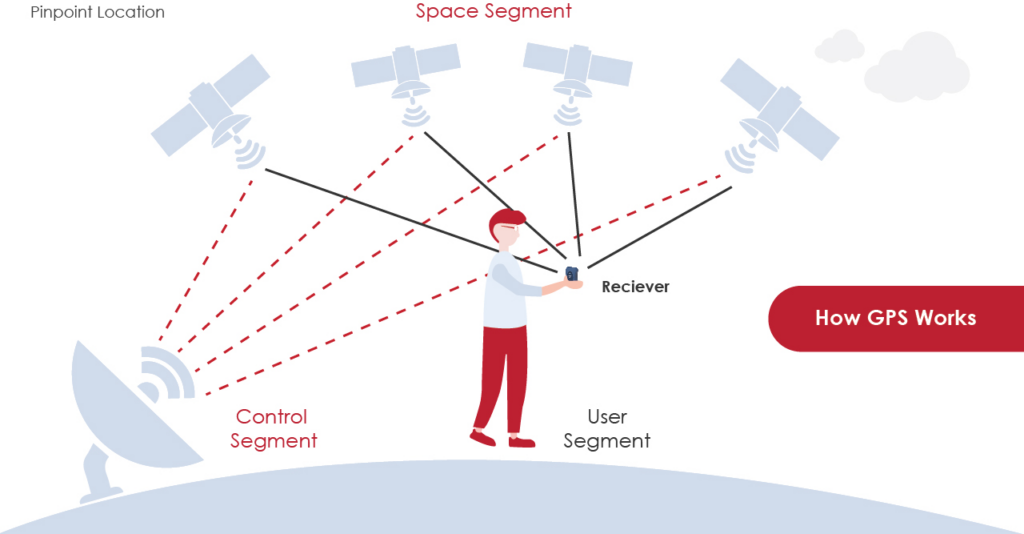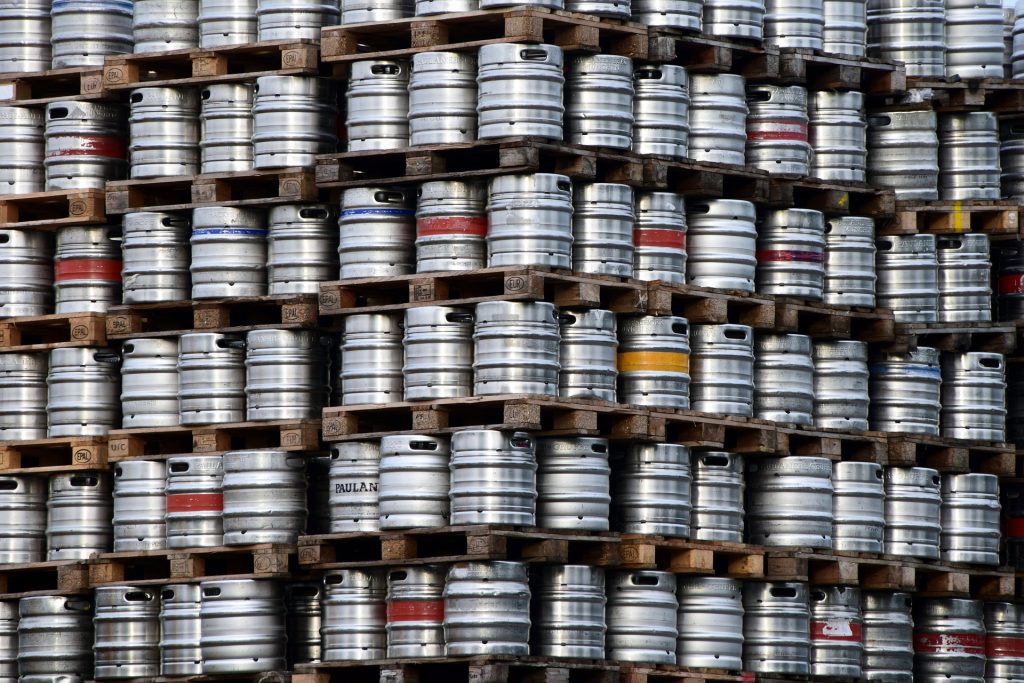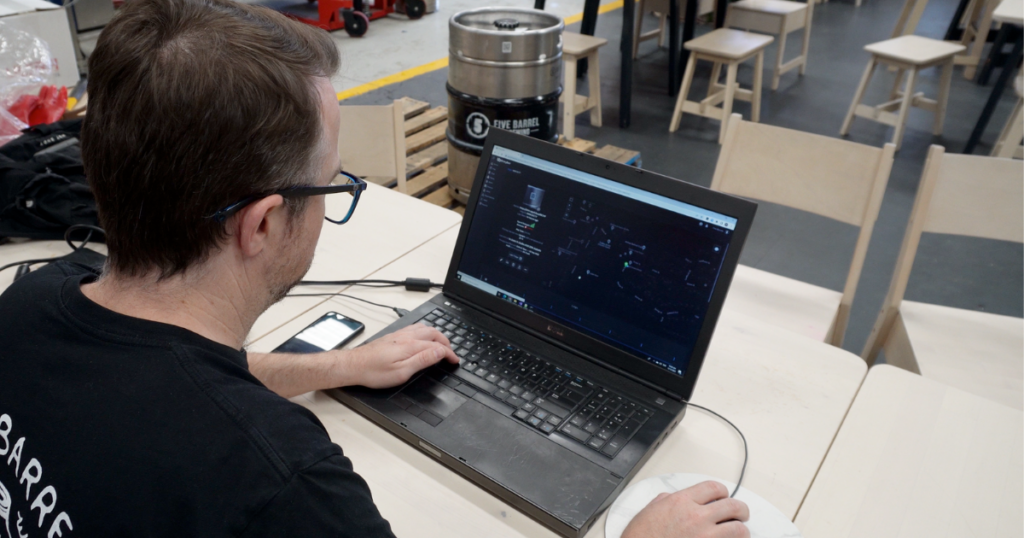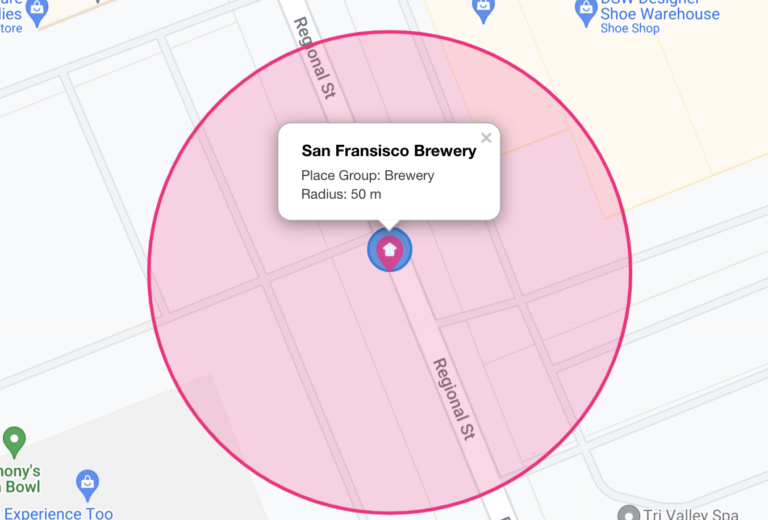The metrics our KegLink sensors monitor for keg location tracking are not randomly chosen. Each is individually important to the storage and delivery of great beer, and combined they provide a multitude of measures that are useful to brewers, sellers and drinkers alike. Location is one metric that underlies every other measure our sensors monitor.
1. GPS requires line of sight.
GPS is a navigation system that relies on satellites and the user’s location. It can be used to measure one’s location, which is why it is often used in navigation systems. However, GPS requires line of sight, which means that it does not work well in situations where the satellite signal cannot be seen – such as when kegs are in cool rooms or other locations with poor visibility. Sometimes the orientation of a keg has nothing to do with preserving the beer inside. In some supply chains, upside-down kegs signify a keg that is empty and ready for collection. This is a simple way to separate ingoing vs outgoing kegs making life easier for delivery drivers.
FYI: see how our team in Binary Beer know your keg is empty.

2. Power management
It is important for a GPS receiver to use at least four satellites in order to calculate its location accurately. This can be done in two ways:
a. The receiver calculates its position based on the time it takes for signals to travel from the satellites to the receiver, and
b. The receiver measures how long it takes for signals to travel from different satellites.
The “time to first fix” is too much of a power hog to be useful in a battery powered sensor. In fact the battery power used to have GPS up for 1 minute can sustain a wifi locator for months.
3. Maintenance frequency
If you are solely reliant of GPS while operating a battery powered sensor, and keg location is so important that you must be scanning for location 24/7, you’re going to burn through your battery within in about 30 days. Changing batteries that frequently is nearly impossible for any company. Connected power sources bring with them a different set of obstacles for mobile asset tracking.
4. Mixed measures build reliability & accuracy
While GPS is great for tracking the location of larger assets, through urban areas, kegs have a unique travel path over their lifetime. From breweries to cool rooms to trucks and storage containers, some keg locations are strange. By using a mix of metrics such as GPS, wifi networks, cellular towers and even manual RFID scanners built into keg filling lines, can all be combined to improve accuracy and reliability of keg location monitoring.
5. Bonus point: KegLink's software platform
Not so much a reason we don’t use GPS as a small note on all keg location trackers. You may not have actually realised it, but the locating device is essentially a “dumb device”. It may provide you a series of numbers or code string, but it is the attached software platform that will turn this information into something meaningful.

Our software platform allows brewers to create “places” that exist within their supply chain. We can then monitor keg location while at these places, and while between designated places (i.e. in transit). See how you can transform your beer with new IoT tech.
Location is one metric that underlies every other measure our sensors monitor. It allows for all of our insight reports, keg specific and others such as venue performance reporting.

If you want to know your beer is the freshest it can be, contact us via [email protected]
Fresh Insights and Fresher Beer. Binary Beer.





